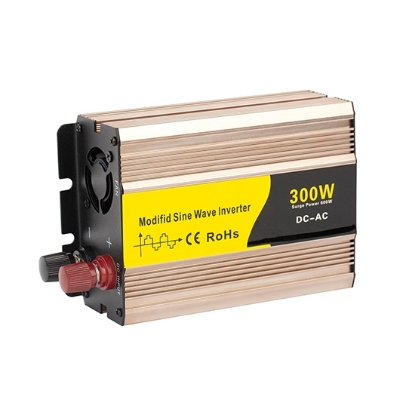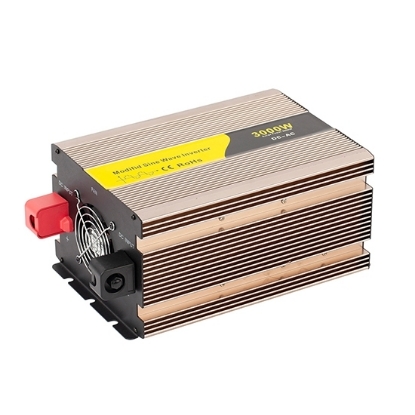-
You have no items in your shopping cart.
- Register
- Log in
- Wishlist
- Shopping cart
Write your own review
Existing reviews
A bit heavier than I expected
This 48V 1000W modified sine wave inverter is a bit heavier than I expected, but that also makes it feel sturdy and durable. I do notice a slight humming noise when it's under heavier load, but it's not disruptive. It's dependable for regular use, though it's not perfect for extremely sensitive electronics.
Isaiah Julian
|
11/18/2025 1:17 AM
Was this review helpful?
(0/0)
Quite convenient to carry
I bought this 1000W modified sine wave inverter two months ago and it's working well. It's not very heavy either, and it's quite convenient to carry. I will recommend this 48V 1000W inverter to my friends.
Ahugy White
|
8/5/2025 12:41 AM
Was this review helpful?
(0/0)
Best power inverter we have ever had
My husband drives a tractor-trailer, and has to have an inverter to run his microwave coffee pot etc. We have bought many inverters and this one is by far the best one we have ever had. Everything about it is awesome. Very well made, with great quality, great functionality. If we need another we will definitely be buying this 48V 1000W inverter again.
Lanette Losy
|
1/5/2025 7:29 PM
Was this review helpful?
(0/0)
This 1000W inverter is a good replacement
Searching for a good replacement at a reasonable cost, I ran across this 48V 1000W inverter. I really liked all of the features at a very reasonable cost. It has built-in protections for all conditions you may encounter. No problems have been found so far. Hopefully this power inverter will last a long time.
Alston John
|
11/6/2024 1:56 AM
Was this review helpful?
(0/0)
Great 48v inverter for home and outdoor use!
Really impressed with this 48v 1000w inverter! It easily converts my 48v battery power to 120v, making it super versatile for home and outdoor use. The cooling fan is also a nice touch, keeping things running smoothly without wasting energy. It’s reliable, efficient, and the price is hard to beat for what it offers!
Rock Maggie
|
9/28/2024 7:26 PM
Was this review helpful?
(0/0)
Well made 48v 1000w Inverter
I bought this 1000W inverter for our camping and received it on time. It is also very light and portable. It worked as expected. Good value for the money.
Angus Prime
|
3/28/2023 3:17 AM
Was this review helpful?
(0/0)
This 48V 1000W inverter has become a part of my life
This is one of my favorite power inverters. It has helped me a lot, whether it is life or work, I really need this inverter. This 48V 1000W inverter has become a part of my life.
Edwin Smith
|
8/9/2022 2:31 AM
Was this review helpful?
(0/0)
The inverter powers everything I need
I hooked the inverter up to the battery and turned it off with the fan for a few hours, the fan seemed a little noisier than when it was plugged into the wall but it ran fine, then I plugged in my 55" TV and it worked as if it was plugged into the wall, which would work fine when the power was gone.
Silas Slosdc
|
6/27/2022 3:43 AM
Was this review helpful?
(0/0)
High voltage inverter
I've been looking forward to the arrival of this 48V 1000W inverter. I used it immediately after receiving it and the 1000W inverter was as good as described. Affordable price and good quality. I would recommend it to my colleagues.
Chobe Edward
|
6/20/2022 3:13 AM
Was this review helpful?
(0/0)
Inverter with guaranteed quality
I have been using this inverter for a week without any quality problems. The inverter can convert 48v DC power from the battery to 110v, 220v, 240v and other AC household power sources. It is very suitable for people who live at home like me. In addition to being used at home, it can also be used in cars, camping or any place where AC power is used. Especially convenient.
Randall Erickson
|
9/27/2020 12:24 AM
Was this review helpful?
(0/0)
Load more...




